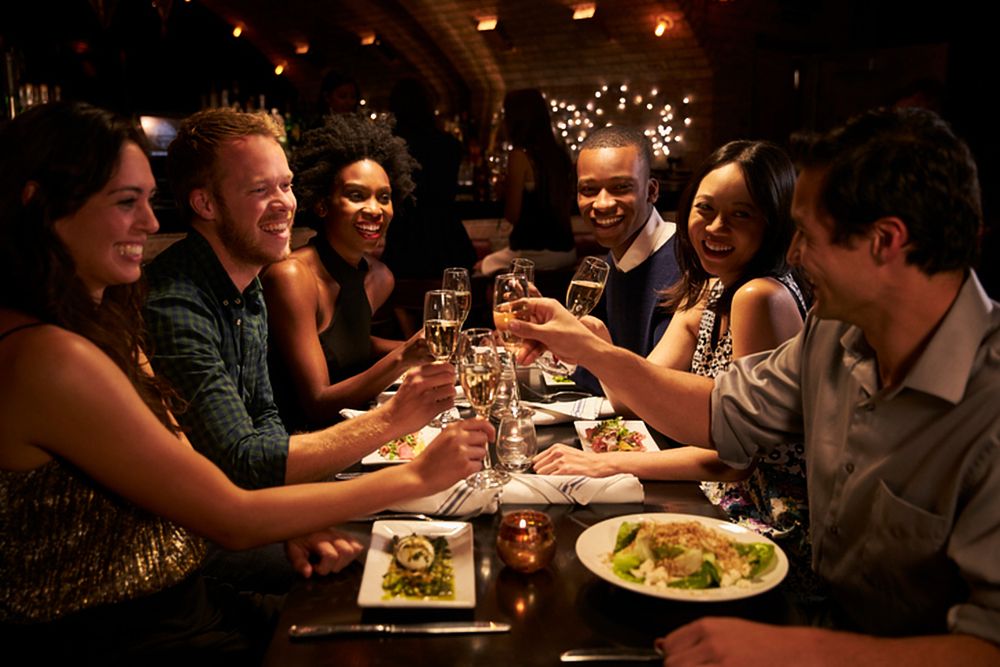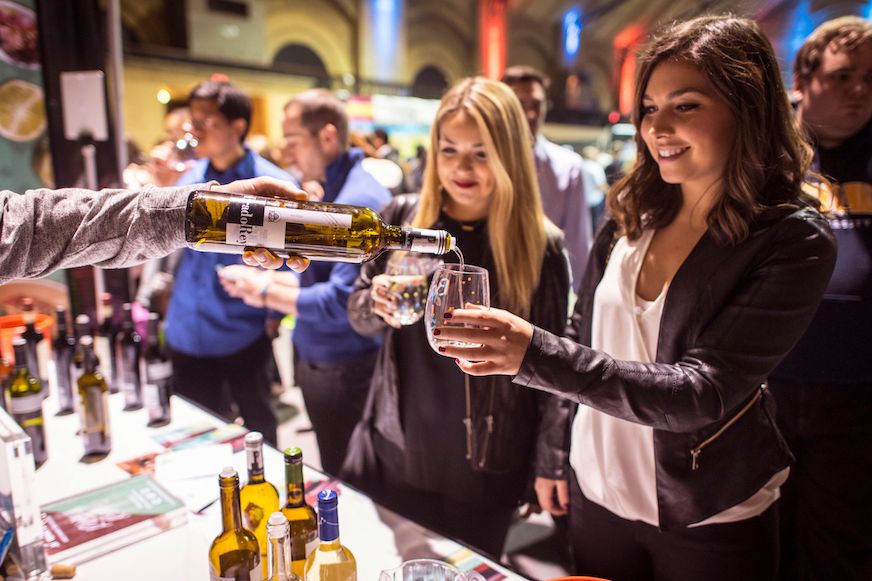Harry Crowther, who runs his own on-trade wine training programme Grain to Grape for front line restaurant staff, explains why sustainability in wine is now more important than organics as wine ‘loses its hold’ on younger drinkers.
It’s no secret that wine consumption in the UK has been dropping since 2015. Tech-savvy drinkers and the influence of cleaner consumption and abstinence has taken the UK drinker down a road of moderation. By and large, wine has had a ‘good’ pandemic, the off-trade picked up over 100% of the on-trade consumption. A recent piece by Wine Intelligence shows consumption in younger adults (18-34) has dropped by 10% in the decade from 2010 to 2020. In contrast, consumption within the +55-age bracket has increased by 19%. but are wine lists moving with the times?

Younger consumers are interested in buying into wines that are giving something back to the planet or their community says Harry Crowther
App’s like Vivino and Wine Searcher have a heavy influence on purchasing decisions, as do trends and the macro environment. Younger drinkers are now more informed and knowledgeable not just about wine, but the impact we have on the planet. But as consumption falls, we have seen a rise in average spend, which tells us that there is plenty of opportunity to premiumise and make the wine list work harder. So, is your wine list ambitious enough for the younger, modern wine drinker?
The average consumer will spend around 20% more on an organic product. Naturally, listing organic wines is a good place to start. If you are not then I suggest a rethink – but be strategic with it. Before, a green smudge on the list was enough to pull your guest through the offering and increase spend. However, as we exit the pandemic, sustainable messaging beyond organic is a must. Consumer buy-in to brands that ‘give back’ has jumped from 7% pre, to just under 50%, post-pandemic.
What can we do about it?
As an industry we need to start appealing to the younger wine drinker. Offering sustainable wine beyond organics is an easy place to start. Here are a few notes on sustainable wine.
- Relaxed: No specific rules or regulations. Flexibility is key. Just because they aren’t organic certified, it doesn’t mean they don’t practice organics. Wines made with as much consideration for the environment as possible, but not to the detriment of profitability.
- 360 degree outlook: CSR. Have the socio-economic factors been considered?Energy saving practice, lightweight packaging, employee development programs, charity work, local community involvement and schemes, these all fit under the umbrella.
- Transparency: Key to communications and PR. Monitoring and reporting of practices and taking relevant steps to minimise impact and footprint, and communicating that with your teams and your customers.
Buying into a brand that ‘gives back’ is a powerful thing. A key element to a modern, profitable wine list now needs to be seeking out, and at least considering working with this type of producer, there are plenty of them out there, trust me.
What to offer?
RTD’s (canned wine), for example carries 5% the carbon footprint that glass bottles do, and is by far the most recyclable packaging option in the UK (it takes less energy to recycle a can than a bottle). Low and no-alcohol wines are getting cooler and better by the day and offer the drinker that crucial low carb option as well. How many times does the guest go for a bottle of sparkling water instead of the gin and tonic or glass of fizz that the rest of their party is enjoying?

Low and no alcoholic wines – like this sparkling and organic wine from Thomson & Scott – have improved in quality and demand
There is now a plethora of very good, non-alcoholic sparkling wines on the market. Get them listed, and make sure they come under their own category. Show the teetotal guests that you care. They are a growing segment of the market.
Start looking closer to home. The last 18 months has seen a greater consumer affinity to local business and producers. I recently spoke with a Bristol-based wine director who is phasing out Champagne in favour of a 100% British sparkling wine list. It’s a bold move, but I think they will do well, with the right messaging and staff training of course.
Like it or not, natural and orange wine is an easy win and there isn’t enough of it on the ‘commercial’ wine list. The hands-off, ‘letting mother nature make the wine’ connotations are in keeping with sustainability as well. Caution needs to be taken here, however. I have tried way to many orange and natural wines that are downright crap. It can be a misleading category, but the good ones are great (and you get good and bad in every category, just don’t think that listing any old ‘hipster’ wine will work). This is one that we should be taking advantage of on the wine list. Pair orange wine with specific dishes on your menu, the gastronomic applications of this wines are really fun and cool to play around with.
Get your staff on board

Get your staff to talk about how sustainable and community-spirited a wine is
Communicate sustainable messages to your staff. Tell them why and how they are special, and ensure the team is proud to work with those wines. I for one would rather work with a list that gives back.
Ensure that knowledge is then passed on to your guests. Make it a part of your team’s upselling strategy (everybody should have one), make it infectious. If it’s done right, then sustainable products should be offering your wine category greater commercial sustainability too.
Menu engineering and copy is another must. I have slowly been going off the idea of the menu tasting note. The younger 18–34-year-old is now so well informed. Could that space be used to greater effect?
I recently listed a wine from the Drinks Business ‘Ethical Producer of the Year’ for a customer’s wine list. We brought it in at house +1, removed the tasting note and replaced it with the producer’s new title. We then combined that with a team training centered around why we were working with such an ethical winery. We saw increased average spend almost overnight across the group.
Remember 40% of your customers will trade up on their wine choice off the back of a solid staff recommendation. Make it an easy choice for the younger wine drinker by engaging their emotional triggers, before we lose them for good.
- You can find out more about Harry Crowther’s commercially focused wine training methods as part of his new Grain to Grape programme that works with on-trade operators to fast track their staff’s wine knowledge based on the lists they are working with.
































